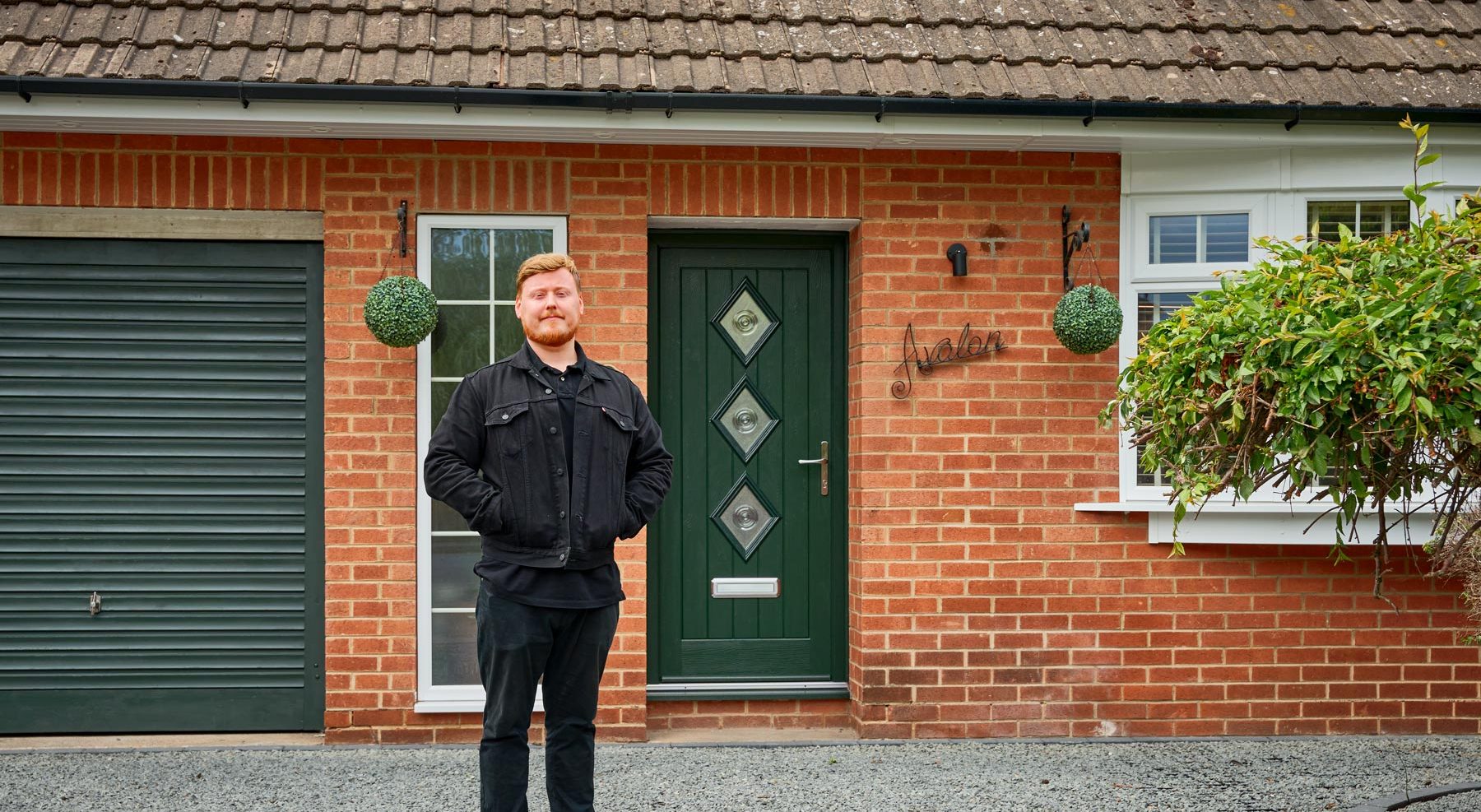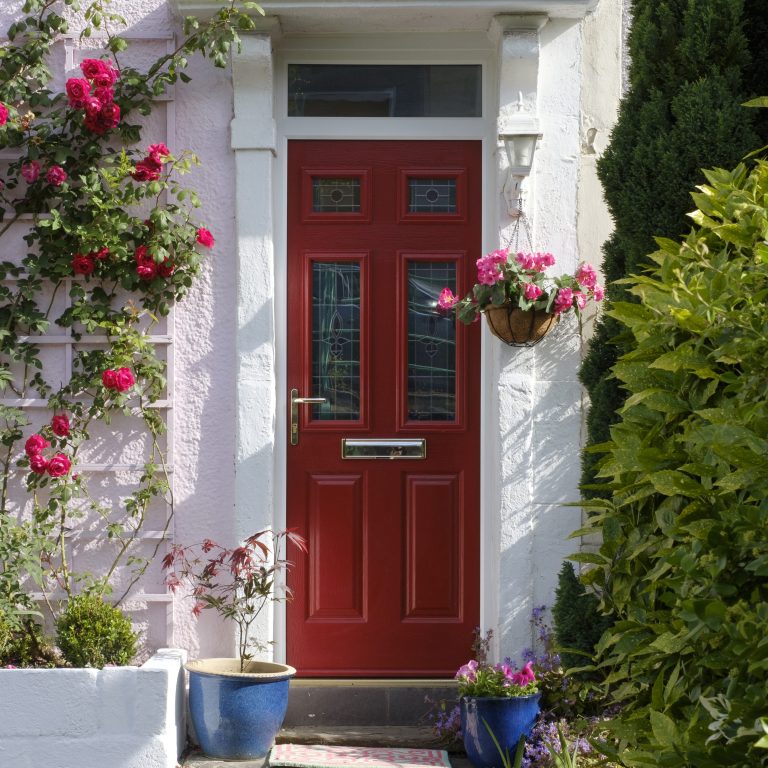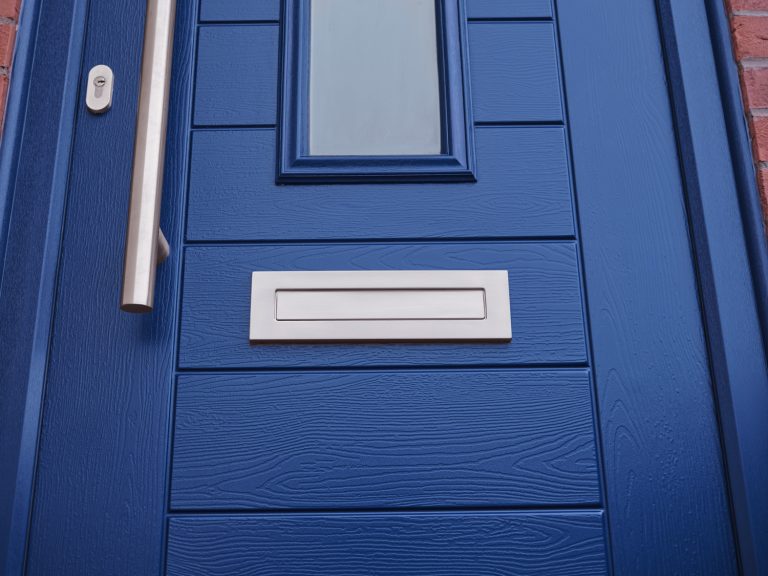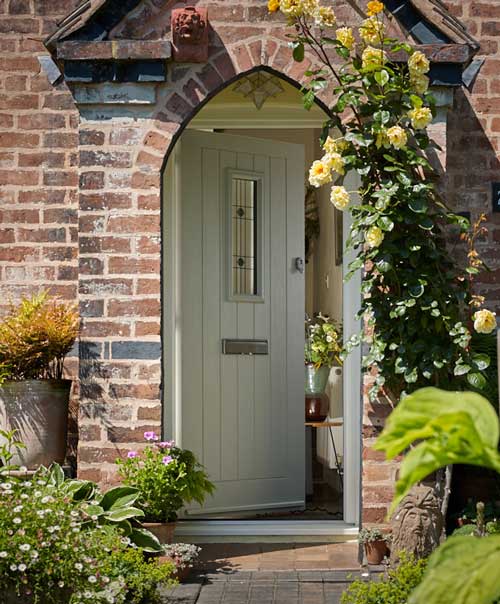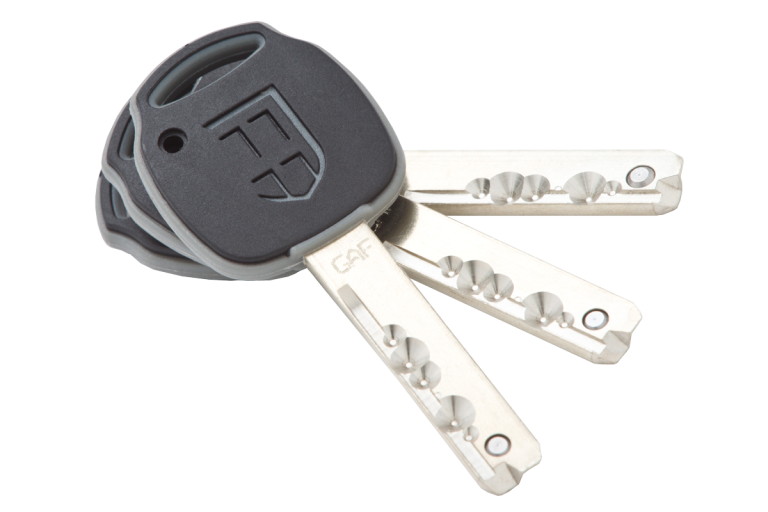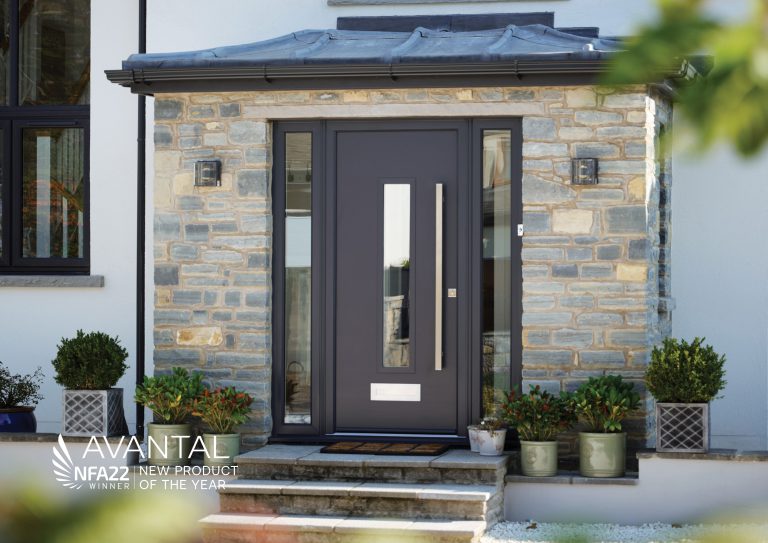It may not be obvious, but many entrance doors on the market today aren’t built to last. In fact, some are deliberately designed with a limited lifespan.
Whether it’s through cheap cores, low-grade materials, or surface finishes that break down over time, certain door manufacturers rely on a cycle of wear, failure, and replacement. This approach, known as planned obsolescence, keeps customers coming back for a new door every decade or so. It might benefit manufacturers, but it leaves homeowners out of pocket and contributes to unnecessary environmental waste.
These doors may look the part for a while, but hidden compromises in construction often mean they start to fail far sooner than expected – swelling, warping, losing strength, or simply no longer performing as they should.
At Endurance Doors, we believe there’s a better way. In the sections that follow, we’ll explain why building a door to outlast the homeowner isn’t just possible, but it’s the right thing to do. We’ll also explore how long-lasting door design benefits not just your home, but the planet too.
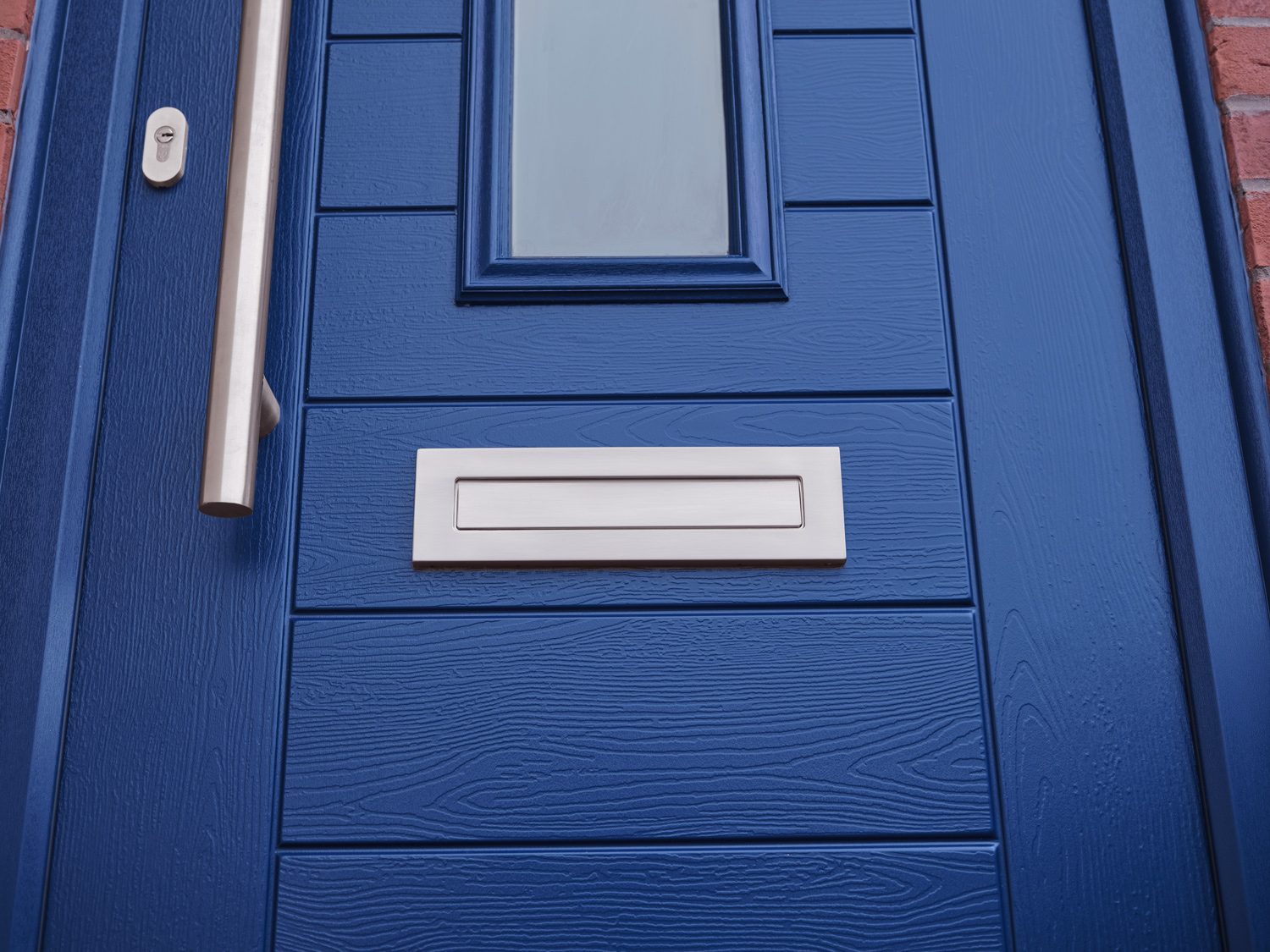
What Makes a Door Long-Lasting? Key Features of Durable Doors
A truly long-lasting door is built to handle years of use, changing weather, and everything in between. That kind of durability comes down to a few key factors, like the materials used, the strength of the core, and the quality of the hardware and finishes.
Composite doors are often seen as one of the most reliable choices, thanks to their blend of strength, insulation, and low maintenance. But what sets one composite door apart from another is what’s inside. The core material plays a huge role in how well a door performs over time.
Some doors are filled with lightweight foam, which may not always offer the strength or stability required for the long haul. Endurance composite front doors are built differently and built to last.
Why Solid Timber Core Doors Stand the Test of Time
What sets a high-performance door apart is its core, and Endurance Doors are built with a 48mm solid timber core that’s designed to go the distance. Made from 17 layers of cross-laminated Kerto LVL, this engineered timber structure offers outstanding strength and stability, making it up to 10% thicker and significantly more robust than many standard composite doors.
This solid construction helps prevent common issues like warping, bowing, or delamination, especially in challenging weather conditions. Unlike foam-filled alternatives, the timber core provides long-term durability that doesn’t weaken over time.
Endurance Doors also feature a built-in moisture barrier system at the base, which protects the core from water damage, making them a smart and reliable choice even for coastal or exposed locations.
In addition to strength, the natural density of timber brings impressive thermal and acoustic insulation, helping to keep homes warmer, quieter, and more energy-efficient with minimal maintenance.
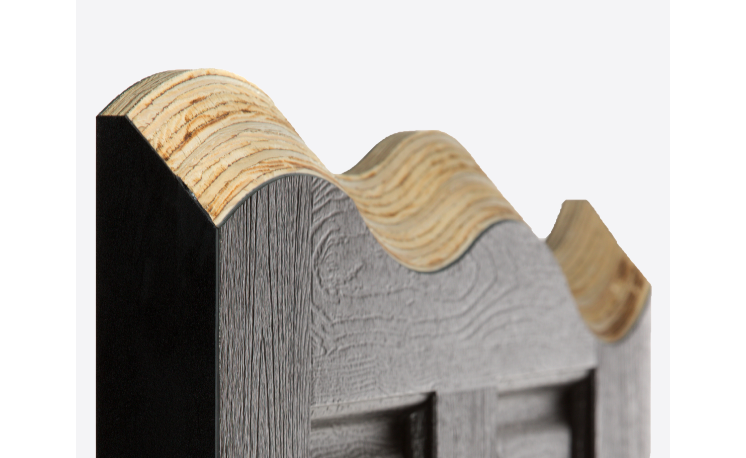
Reduced Environmental Impact with Fewer Door Replacements
When you choose an Endurance door, you’re not just investing in security and style, you’re making a more sustainable choice.
Because our doors are built to last, they don’t need replacing as often as standard alternatives. That means fewer doors ending up in landfill and less waste over time. It’s a simple switch that can have a real impact, especially when more people make the same choice.
But it’s not just about durability. Our solid timber cores are made from sustainably sourced timber and for every tree used, four more are planted. It’s all part of our commitment to responsible sourcing.
We’re also serious about reducing waste in our manufacturing process. None of our production waste goes to landfill, with materials like timber, steel, uPVC and even polystyrene all being recycled.
And here’s something you might not expect: each cubic metre of our Kerto LVL timber core stores around one tonne of CO₂. Even better, producing that timber is carbon negative, which means it takes more carbon out of the atmosphere than it puts in.
Choosing a door that lasts longer doesn’t just make sense for your home, it’s a smarter choice for the planet too.




